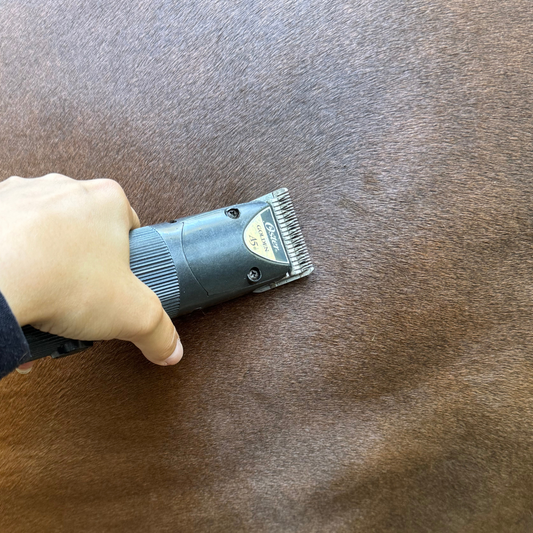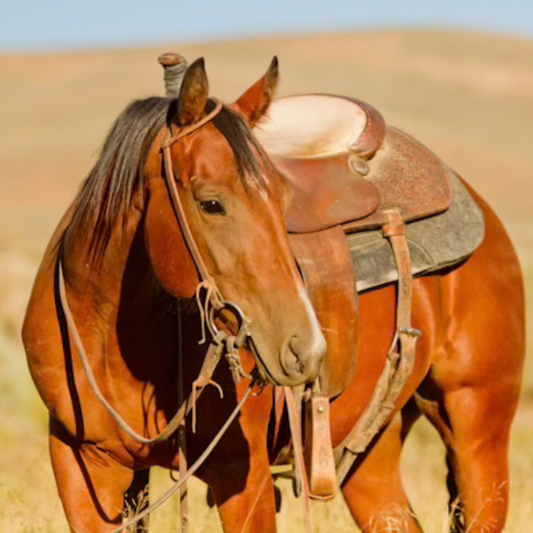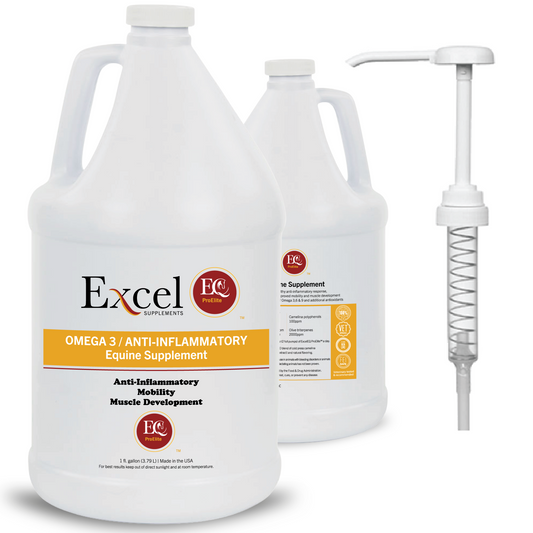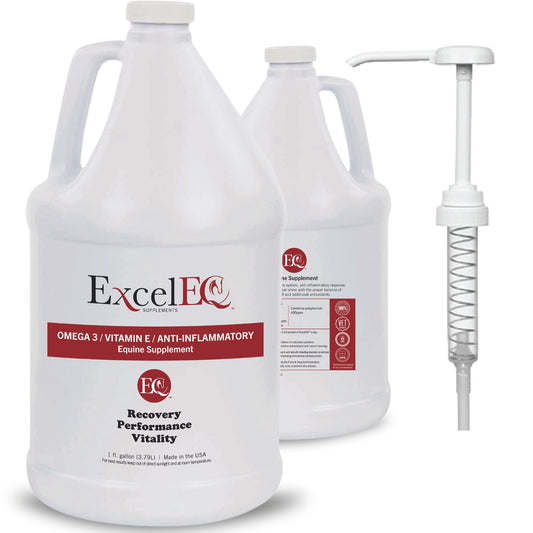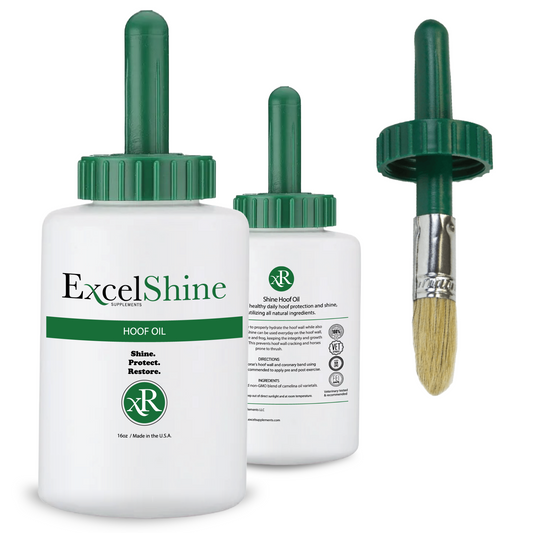Leg Protection for Horses While Riding
Share
The Importance of Leg Protection for Horses
Leg protection for horses has always been a critical aspect of equine care, held to a high standard with varying preferences on the type of protection used. You've likely heard the saying "no hoof, no horse," and while this is undeniably true, a horse's legs are equally crucial. Protecting these vital assets ensures our horses can continue performing at their best. Let’s explore the different types of leg protection available for horses.
Types of Leg Protection for Horses
Protective Boots
1. Bell Boots

Bell boots are designed to protect the coronary band, heel bulbs, and the back of the hooves. They are especially beneficial for horses that are forgers or overreachers. It’s recommended to use bell boots with horses that wear bar shoes.
2. Interference Boots

Interference boots, also known as ankle boots, are designed to prevent and protect from interference caused by the horse's other legs. These boots are ideal for horses that track closely or have an uneven gait and are also recommended for horses competing with studs.
3. Splint Boots

Also known as galloping boots, splint boots are designed to protect the splint bone and the lower leg from being struck by the opposite foot. These boots offer excellent all-around protection for any riding activity.
4. Jumping Boots

Jumping boots are similar to splint boots but feature an open front. They are perfect for horses that overreach while jumping, as they protect the check ligament and high tendons.
Supportive Boots
1. Sports Medicine Boots

Sports medicine boots offer a unique support strap under the fetlock, which helps absorb concussions and reduce the risk of tendon and ligament injuries. These boots are believed to provide comprehensive support beyond just the area they cover.
“Sports medicine boots benefit more than just the part of the anatomy that they fit,” he says. “They support the entire musculoskeletal system of the horse. When used on the (dressage horse’s) hind legs, they reduce or eliminate hock problems.” - Dal Scott CEO of Professional’s Choice Inc.
2. Skid Boots

Skid boots are primarily used in western disciplines such as reining and cutting, where quick turns and sliding stops are common. These boots prevent chafing and protect the fetlock region from impact.
Shop Skid Boots
Differing Opinions on Leg Protection
Leg protection for horses is an age-old practice, but opinions on its necessity can vary. Some horse owners believe that using boots on young horses may prevent them from learning to watch out for their own legs. This perspective underscores the diversity of approaches in horse care.
Supporting Leg Health from the Inside Out
While external leg protection is essential, it can only do so much. Ensuring your horse's joints and body are protected from the inside out is equally important. Excel Supplements offers products that support joint function and overall health, complementing the external protection provided by leg boots.
Explore Your Options
For those looking to enhance their horse’s leg protection, explore a wide range of boot options with our partners at Schneiders Saddlery.


